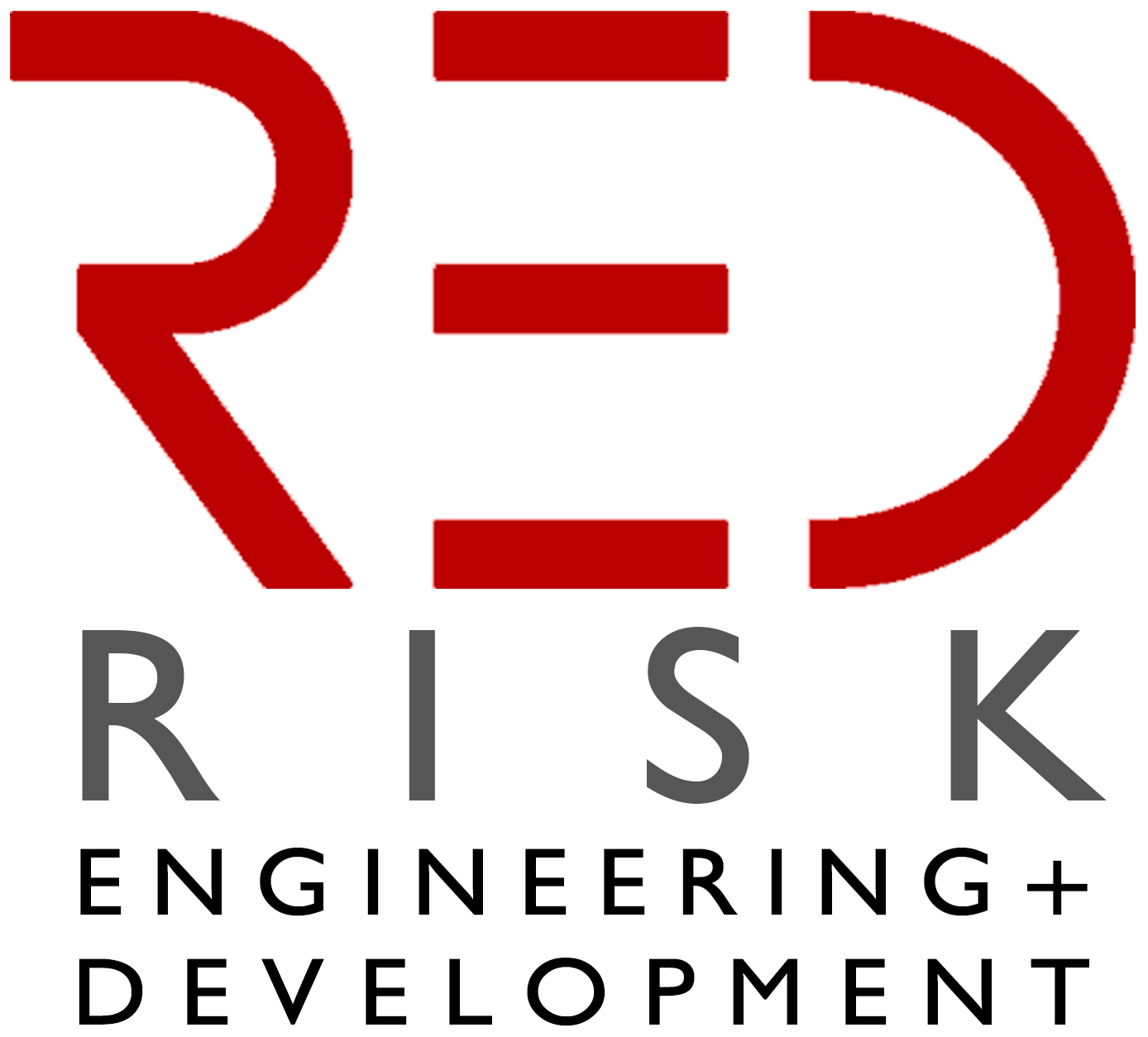The World Bank’s Global Facility for Disaster Reduction and Recovery (GFDRR) was selected as the implementing partner of the “Africa Disaster Risk Assessment and Financing Program”, which is part of an EU-supported effort to develop an analytical basis for risk financing and to accelerate the implementation of a comprehensive disaster risk reduction in Sub-Saharan African regions. The project title was “Building Disaster Resilience to Natural Hazards in Sub-Saharan African Regions, Countries and Communities”. The aim of the program was to support the development of multi-risk financing strategies, to help African countries take informed decisions in the mitigation of the impacts of disasters as well as in the improvement of their financial response capacity.
The consortium was formed by Risk Engineering and Design (RED) and Evaluación de Riesgos Naturales (ERN), which were awarded the project to support GFDRR in the development of national-level earthquake risk profiles for three countries in Sub-Saharan Africa – Ethiopia, Kenya and Uganda. The project was then extended to other three African countries: Cabo Verde, Malawi and Mozambique. The risk profiles developed provided loss metrics related to the affected population, damage to physical assets and impact on GDP.
The objectives of the project were:
The team carried out the following tasks:
A new seismic hazard model was developed for the area of interest through the creation of an instrumental earthquake catalog, the characterization of an area source model, the selection of a set of ground motion prediction equations suitable for the area, and the creation of a stochastic event set. The seismic risk analyses were performed considering the exposure datasets provided by GFDRR, processed in order to include information as required for the seismic risk calculations.
Country specific fragility and vulnerability models were developed with the OpenQuake Platform for buildings, critical facilities and transportation networks. An analytical approach was followed to develop the new vulnerability model, considering the local construction practice and uncertainty associated with the estimation of losses for classes of assets of similar characteristics.
All the data were incorporated in a specialized software, CAPRA, for performing the risk analysis and to compute the main loss metrics (e.g. loss exceedance curves, average annual losses) considering current socio-economic conditions and future projections for the year 2050.
DISTINCTIVE FEATURES
Development of a new probabilistic seismic hazard model for the area of interest
Development of physical vulnerability models for buildings, critical facilities and transportation networks using most up-to-date techniques
Development of probabilistic earthquake risk analyses for the estimation of main loss metrics and impact on population and GDP for six African countries
DATE
2015-2016
AMOUNT
Confidential
LOCATION
Ethiopia, Kenya and Uganda (Stage 1), Cabo Verde, Malawi and Mozambique (Stage 2)
CLIENT
World Bank’s Global Facility for Disaster Reduction and Recovery (GFDRR)
SERVICES PROVIDED
Earthquake risk profile development

